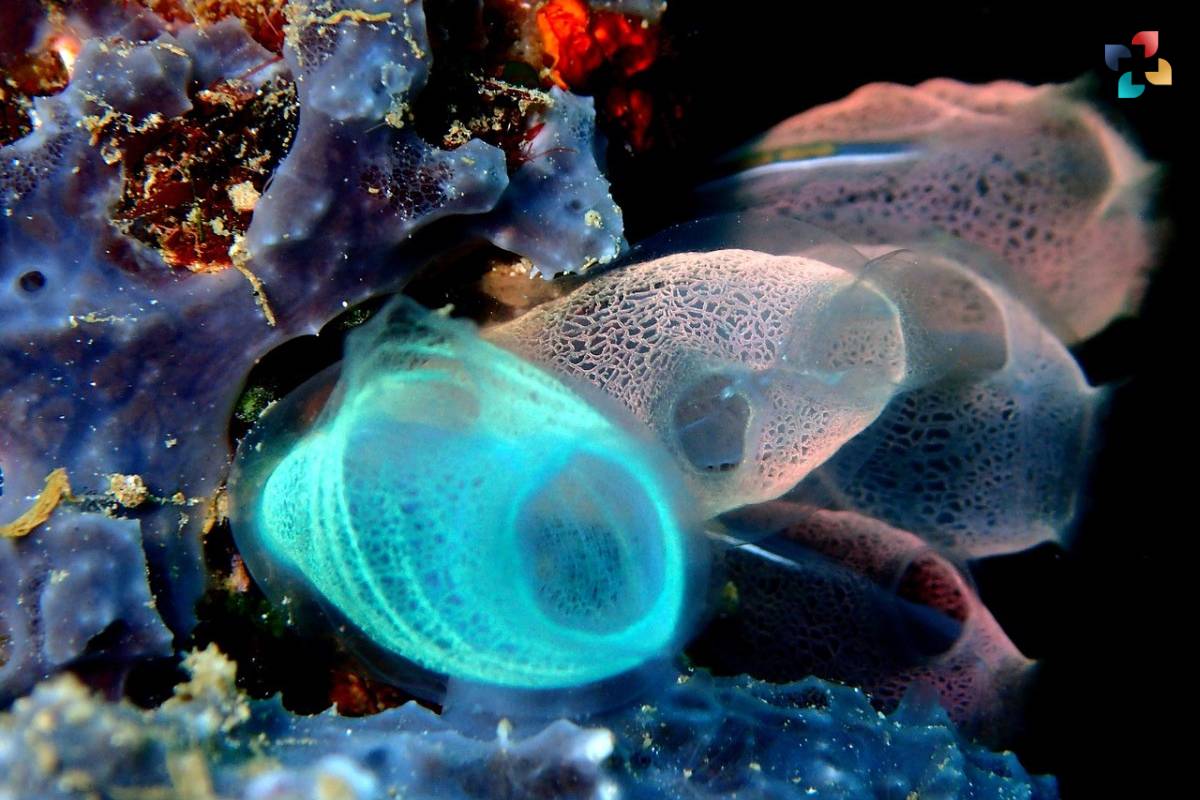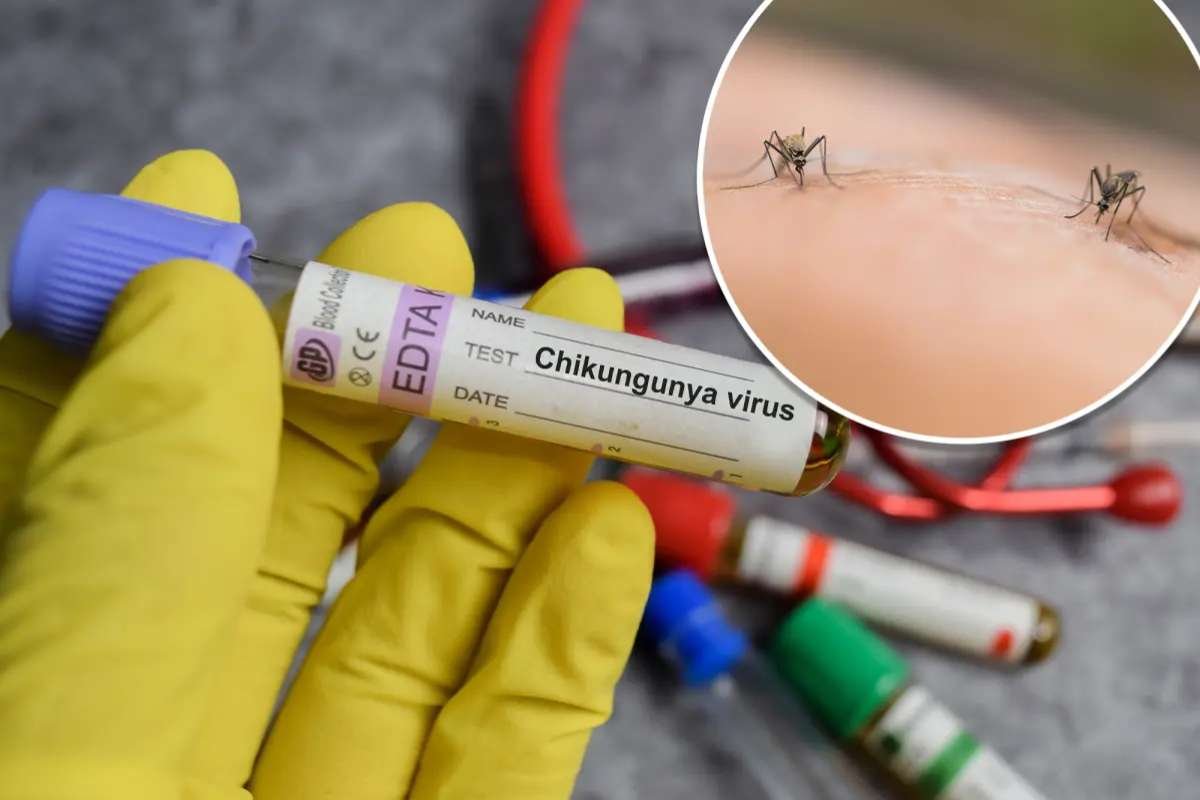Source- Owlcation
In the quest for novel therapeutic agents, scientists have increasingly turned their attention to the vast and largely unexplored world beneath the ocean’s surface. The marine environment harbors a diverse array of organisms, each with unique biochemical properties that hold immense promise for the discovery and development of new drugs. In this article, we delve into the fascinating realm of “drugs from marine organisms,” exploring the potential, challenges, and groundbreaking research in this exciting field.
Exploring the Diversity of Marine Organisms:
The world’s oceans teem with an astonishing diversity of life, from microscopic bacteria to towering whales. Within this rich tapestry of biodiversity lie marine organisms that produce a plethora of bioactive compounds with potential therapeutic applications. These organisms include sponges, corals, mollusks, algae, and even certain species of fish.
Sponges, in particular, have emerged as a treasure trove of bioactive molecules, with researchers uncovering a myriad of compounds with anti-inflammatory, antimicrobial, and anticancer properties. Similarly, marine algae, such as seaweeds, are known to produce compounds with antioxidant and immune-boosting effects, making them promising candidates for drug development.
The vast diversity of marine organisms provides a wealth of opportunities for drug discovery and development. Sponges, for instance, are sessile filter feeders that thrive in various marine environments, from shallow coastal waters to the depths of the ocean. Despite their seemingly simple structure, sponges possess intricate biochemical mechanisms that enable them to produce a wide range of bioactive compounds.
Researchers have identified numerous bioactive molecules from sponges, including alkaloids, terpenoids, peptides, and polyketides, each with unique pharmacological properties. These compounds have shown promise in the treatment of various diseases, including cancer, infectious diseases, and inflammatory disorders. For example, compounds isolated from marine sponges have demonstrated potent anticancer activity by inhibiting tumor cell proliferation and inducing apoptosis, or programmed cell death.
Similarly, marine algae, such as seaweeds, represent another valuable source of bioactive compounds. Seaweeds are photosynthetic organisms that thrive in diverse marine habitats, from rocky intertidal zones to deep ocean trenches. These versatile organisms produce a wide array of secondary metabolites, including polysaccharides, polyphenols, and pigments, many of which exhibit significant pharmacological activity.
Compounds derived from marine algae have been studied for their potential applications in various therapeutic areas, including cardiovascular health, immune modulation, and wound healing. For instance, fucoidan, a sulfated polysaccharide found in certain brown algae, has been shown to possess anti-inflammatory, anticoagulant, and antiviral properties, making it a promising candidate for the treatment of cardiovascular diseases and viral infections.
In addition to sponges and algae, marine organisms such as corals, mollusks, and certain species of fish also produce bioactive compounds with pharmaceutical potential. By exploring the biochemical diversity of these organisms, researchers can uncover novel drug candidates that may lead to the development of innovative therapies for a wide range of medical conditions.
In summary, the diversity of marine organisms offers a vast and untapped resource for drug discovery and development. By harnessing the bioactive compounds produced by these organisms, researchers can explore new avenues for combating disease and improving human health. As our understanding of marine biodiversity continues to grow, so too will the potential for discovering transformative drugs from the ocean’s depths.
The Promise of Marine-Derived Drugs:
The unique biochemical composition of marine organisms enables them to thrive in the challenging conditions of the ocean, including extremes of temperature, pressure, and salinity. These adaptations often result in the production of bioactive compounds that exhibit potent pharmacological activity.
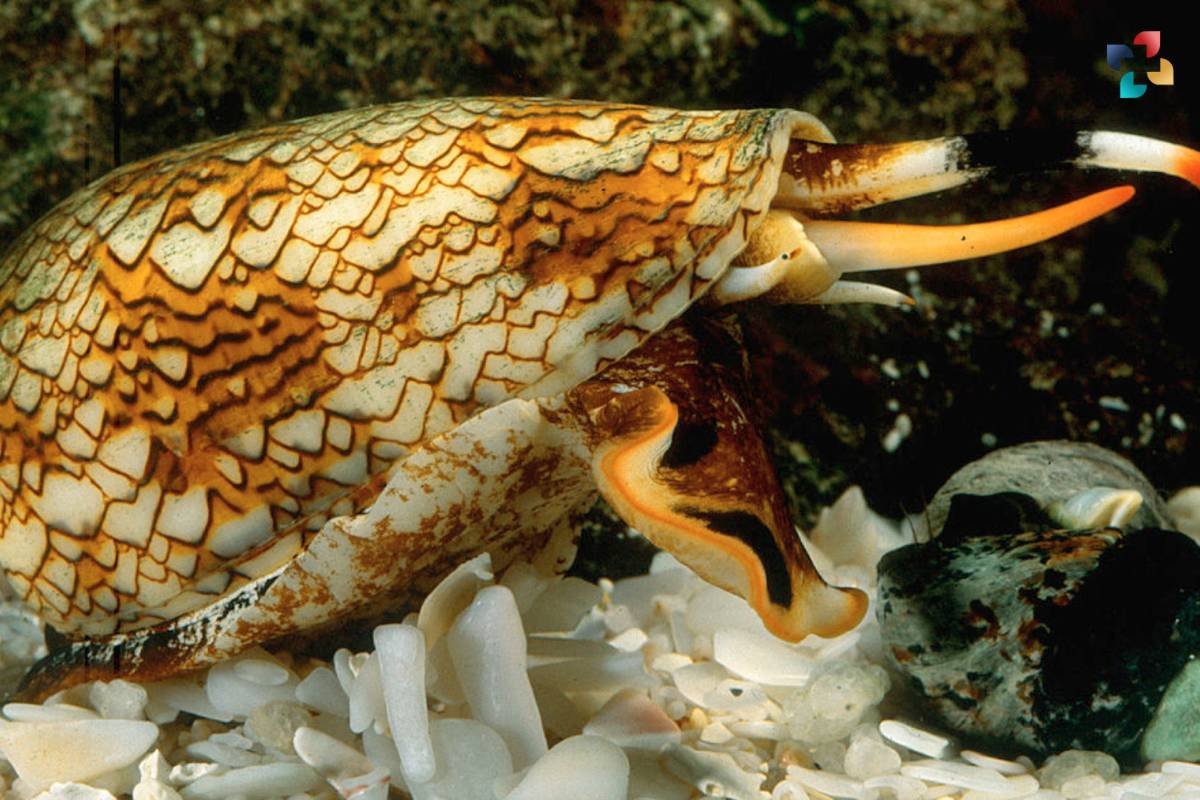
One of the most well-known examples of a marine-derived drug is Ziconotide, a pain-relieving peptide derived from the venom of the cone snail. Approved by the FDA in 2004, Ziconotide offers a non-opioid alternative for the treatment of severe chronic pain, highlighting the therapeutic potential of marine organisms.
Challenges and Opportunities:
While the discovery of drugs from marine organisms holds tremendous promise, it also presents significant challenges. One such challenge is the sustainable collection of marine specimens without harming fragile ecosystems. Additionally, the identification and isolation of bioactive compounds from complex mixtures can be a time-consuming and labor-intensive process.
However, recent advances in technology, such as genomic sequencing and high-throughput screening, have accelerated the pace of drug discovery from marine organisms. These tools enable researchers to analyze the genetic makeup of marine organisms and identify genes responsible for producing bioactive compounds, streamlining the drug discovery process.
Future Directions and Conclusion:
As our understanding of the marine environment deepens and technological capabilities continue to evolve, the potential for discovering drugs from marine organisms is virtually limitless. From combating antibiotic-resistant bacteria to treating neurodegenerative diseases, marine-derived drugs offer hope for addressing some of the most pressing medical challenges of our time.
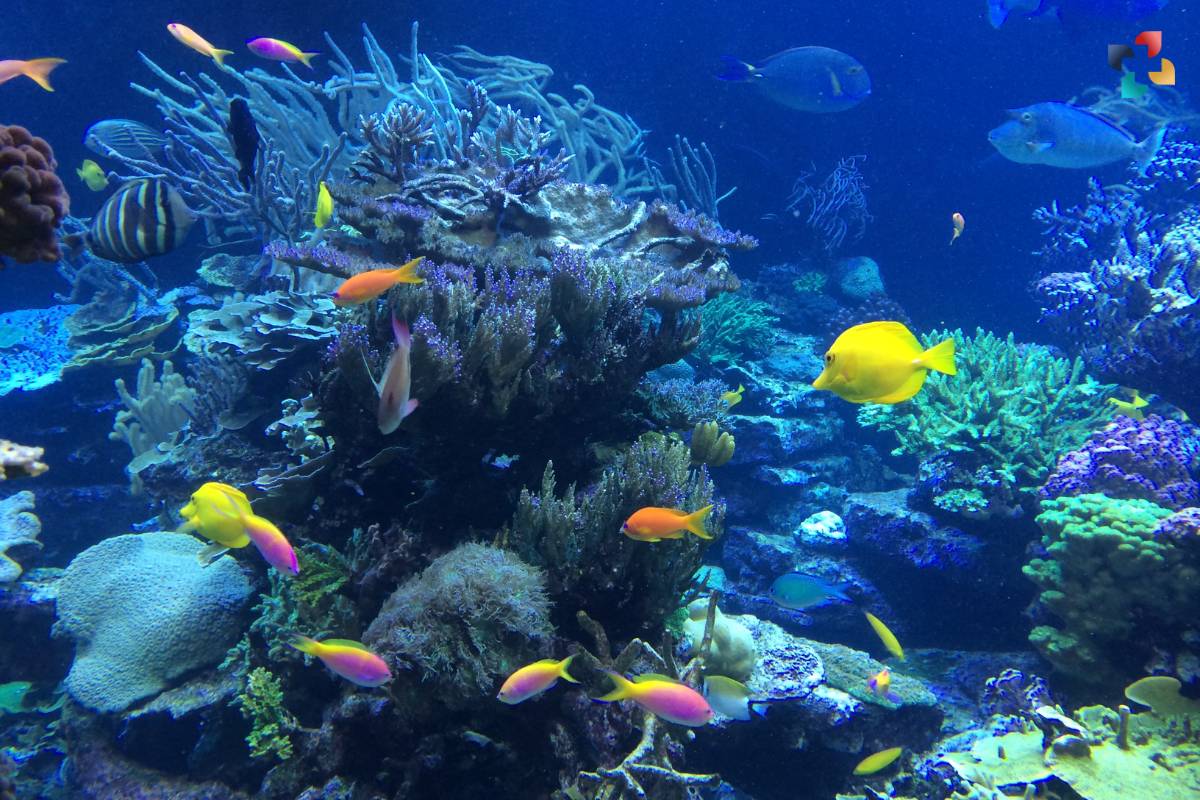
In conclusion, “drugs from marine organisms” represent a promising frontier in drug discovery, with the potential to revolutionize medicine and improve human health. By harnessing the vast biochemical diversity of the ocean, researchers are paving the way for a new era of pharmaceutical innovation. As we continue to unlock the secrets of the sea, the future of drug discovery looks brighter than ever before.
FAQs
1. What are marine organisms?
Marine organisms are living organisms that inhabit oceans, seas, and other saline environments. They encompass a wide range of organisms, including bacteria, algae, sponges, corals, mollusks, and fish, among others.
2. How are drugs derived from marine organisms?
Drugs derived from marine organisms are typically isolated from natural sources, such as sponges, algae, and other marine organisms. Scientists extract bioactive compounds from these organisms and then purify and characterize them in the laboratory. These compounds are then evaluated for their pharmacological properties and potential therapeutic applications.
3. What are some examples of drugs derived from marine organisms?
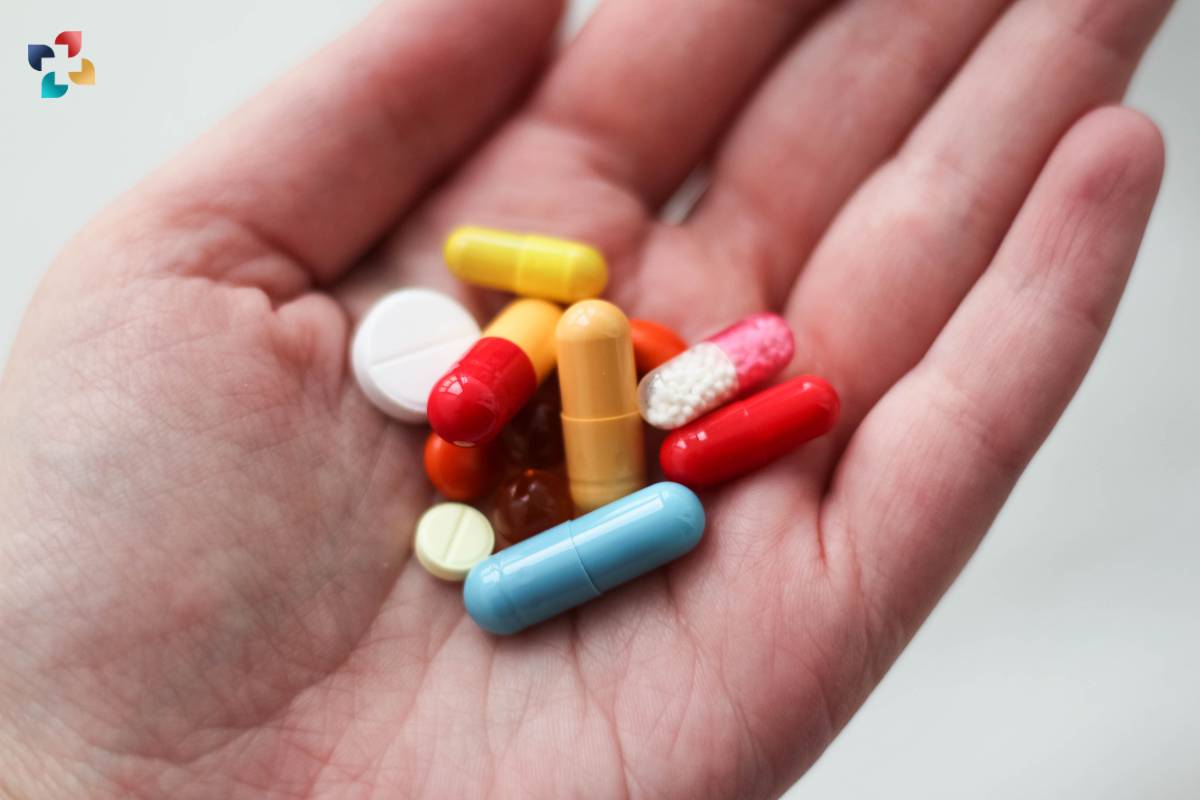
Examples of drugs derived from marine organisms include cytarabine, a chemotherapy drug derived from a Caribbean sponge species, and trabectedin, an anticancer drug derived from a sea squirt found in the Mediterranean Sea. Other examples include ziconotide, a pain medication derived from the venom of a marine snail, and brentuximab vedotin, a targeted therapy for lymphoma derived from a marine microorganism.
4. What are the potential benefits of drugs from marine organisms?
Drugs derived from marine organisms offer several potential benefits, including novel chemical structures that may exhibit unique pharmacological properties, such as anticancer, antimicrobial, and anti-inflammatory activity. Additionally, marine organisms often produce bioactive compounds that are not found in terrestrial environments, making them valuable sources of new drug candidates.
5. What are the challenges associated with developing drugs from marine organisms?
Despite their potential, the development of drugs from marine organisms presents several challenges, including the difficulty of sourcing and cultivating marine organisms, the complexity of isolating and characterizing bioactive compounds, and the limited availability of research funding for marine bioprospecting. Additionally, there are logistical challenges associated with conducting field research in remote marine environments, as well as regulatory hurdles related to drug development and commercialization.

